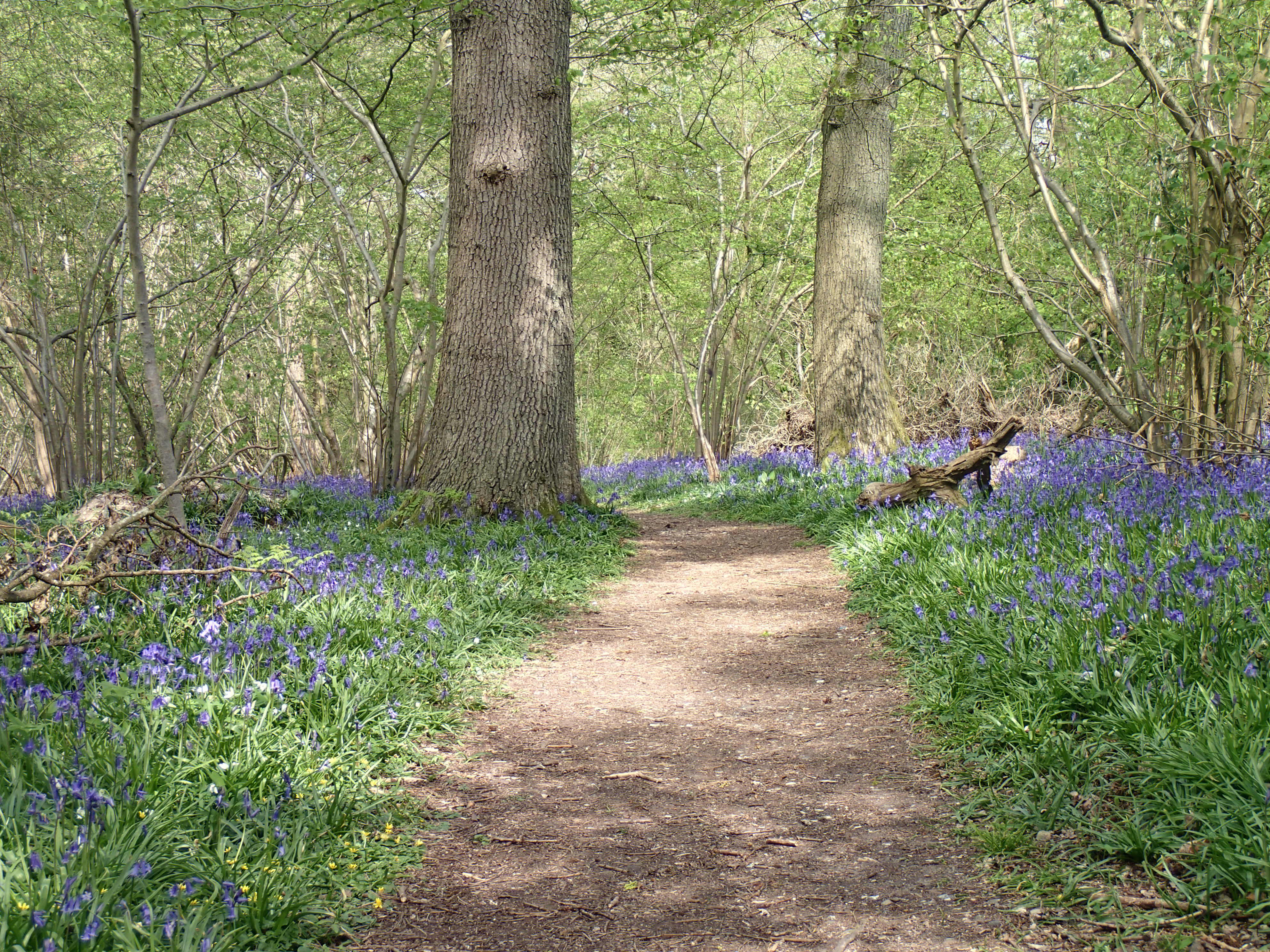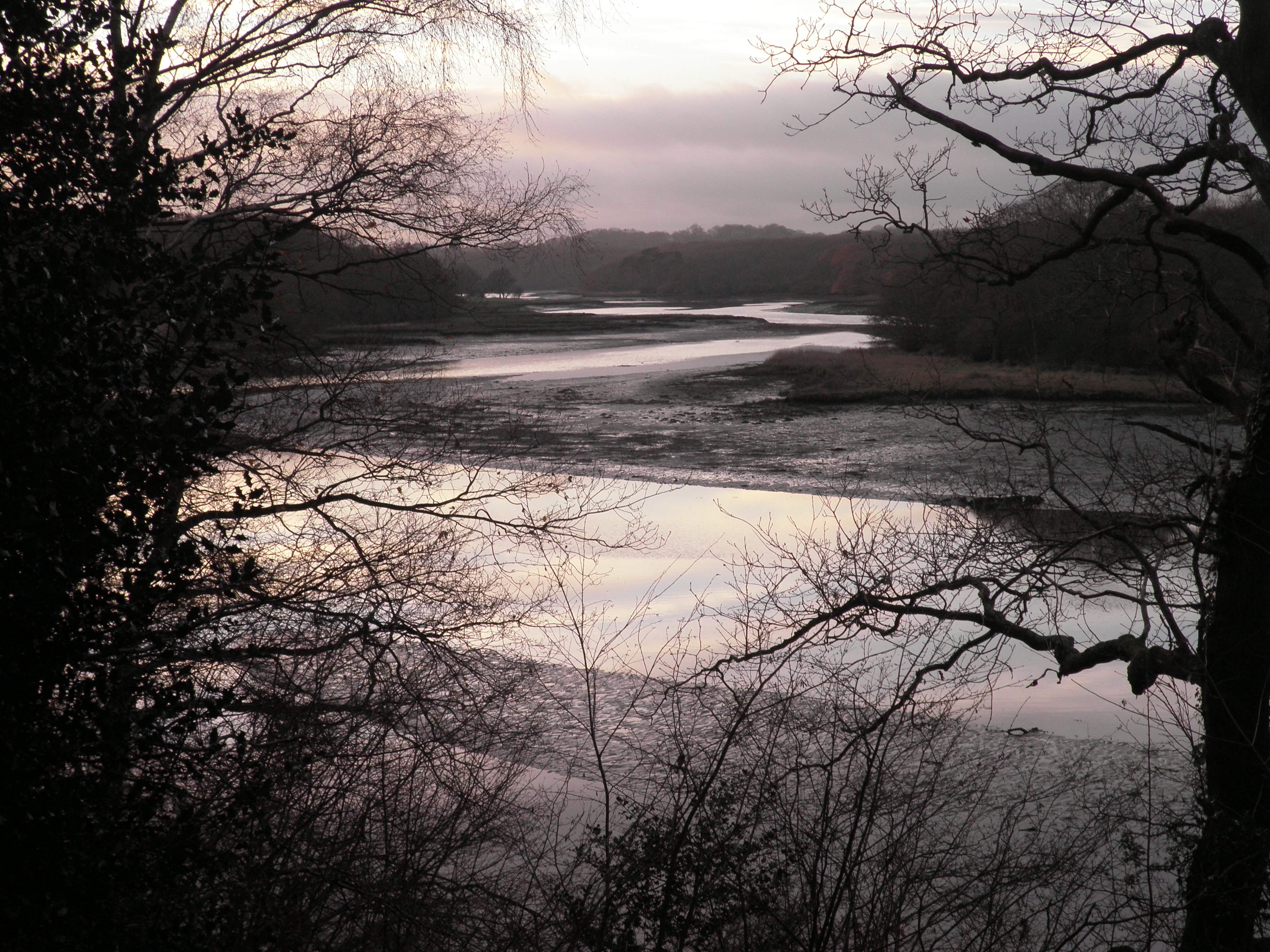The Missing Pieces of Us
River Hamble, Hampshire
When Robin Vail walks back into widow Isobel O’Briain’s life decades after he abruptly left it, the dark days since her husband’s unexpected passing finally know light. Robin has fallen on hard times but Izzie and her teenage daughter Claire quickly remind him what it’s like to have family…and hope.
But Robin and Izzie are no longer those twenty-something lovers, and as they grow closer once more the missing pieces of their past weigh heavy. Now, to stop history repeating, Izzie and Robin must face facts and right wrongs…no matter how painful.
" This is a story of human relationships, it's also modern and gritty and so, so elegantly written. I was quite swept away by the whole story." Anne Cater
"Will keep you guessing right up until the end and maybe even beyond it." Claire Dyer
The story behind the story
Way back in April 2010 a good friend took me for a walk in the woods at
Curbridge in Hampshire, a village which sits almost at the top of the River
Hamble. Apart from the fact it was bluebell time, there was something else he
wanted to show me, and that was the faerie tree.
A faerie tree springs from the ancient practice of decorating trees
with ribbons and other gifts. There is one of stark, mystical beauty near the
stone circle at Avebury and the custom is still quite popular in rural Ireland.
But in 2010 I had never seen one before and it blew me away; a tall, slender
oak with its trunk and lower branches covered with ribbons, necklaces, small
toys and even an old cuckoo clock. There was a letterbox for the faeries
where children left them notes – and the faeries replied.
I generally need at least two ideas to collide before they become a
viable story in my head. For a while I’d been juggling with the thought of
what it would be like to bump into a tramp in the street and realise they
were someone you’d once loved. I had first considered it one cold morning when
watching homeless men gather at The Buttercross in Winchester, so that is where
Robin and Izzie’s story starts.
Still there wasn’t enough mystery, enough suspense. But as I started to
write, as I slipped into my characters’ worlds, I knew. They remembered their
brief affair back in 1986 completely differently – but how could that be the
case? It took me a good while and a great deal of research to dig out a
possible answer… but even then… could it have been the faeries all along?
The fact that at the time I wrote the book I was spending much of my
working life around Southampton’s north-eastern fringes made the locations easy
to research. I have visited the woods in all weathers and all
seasons and watched the tree itself grow and change over the years it took me
to complete the book. It is a place everyone can visit; park next to the Horse
& Jockey pub in Curbridge and take the path into the National Trust wood.
Follow the left fork, higher up the bank than the river, and you can’t miss the
tree.
Elements of folklore and its practice
are central to The Faerie Tree. It is a subject which never ceases to fascinate
me and this book is dedicated to my father’s memory because he introduced me to
it. Naturally the idea and existence of faerie trees – or a particular tree
– is central to the story. The tree is an important part of people's lives; they go there to communicate
with the ‘faeries, elves and pixies of the wood’ (as they sign themselves in
their replies to the children's letters) and to leave them gifts. How much is done to entertain the
children rather than as an act of faith I could never tell, but somewhere deep in
the past there must be a shared folk memory of how things once were.
Equally important to the story is the fact Robin is a heathen.
Heathenry is a type of paganism which springs from old northern European
practice and is particularly close to nature. It is this aspect of the religion
which Robin holds most dear, rather than the belief in the existence of
spiritual beings such as wights – and faeries themselves. But he still marks
pagan festivals in the turning wheel of the year, much in the same way as a
Christian might attend church at Easter and Whitsun.
The Missing Pieces of Us was first published under my own name as The Faerie Tree in 2015.







